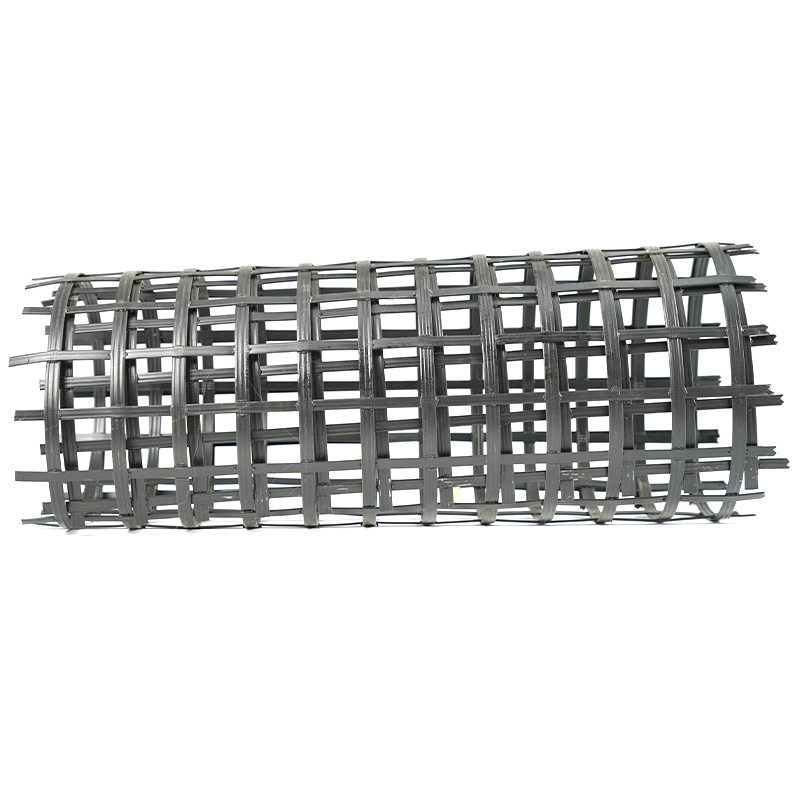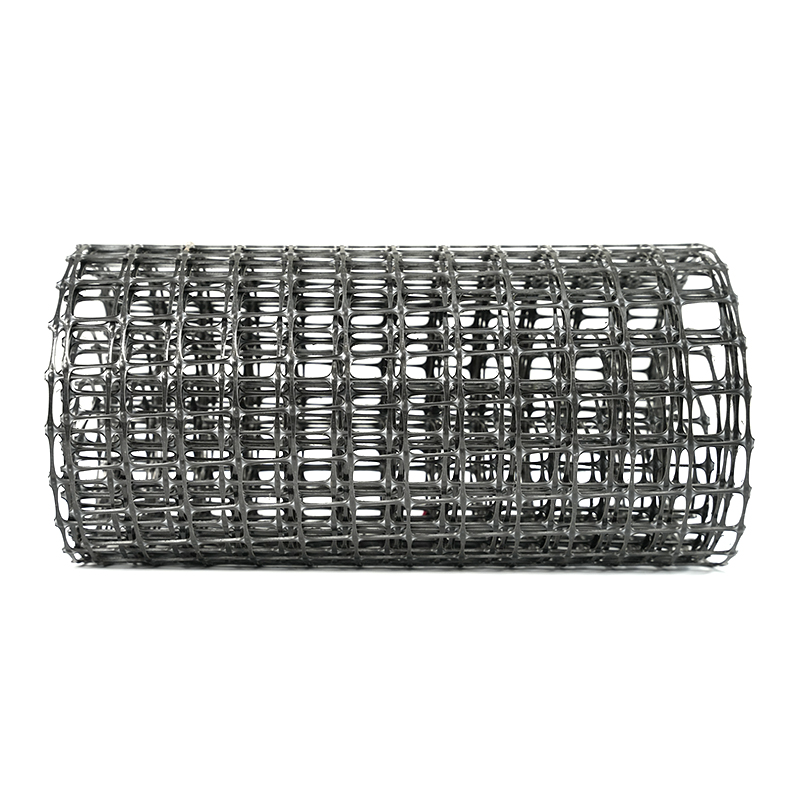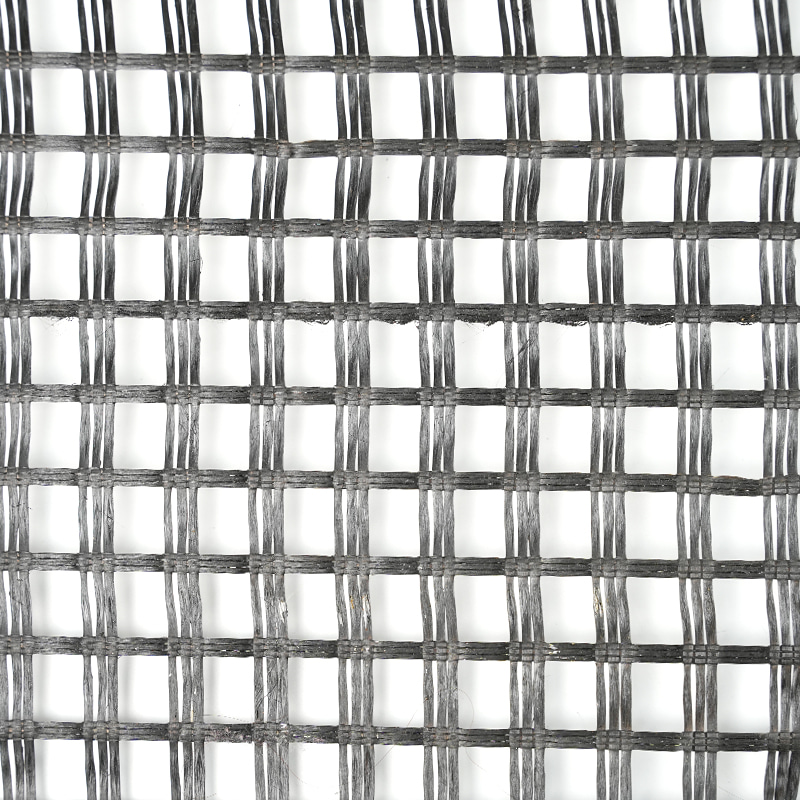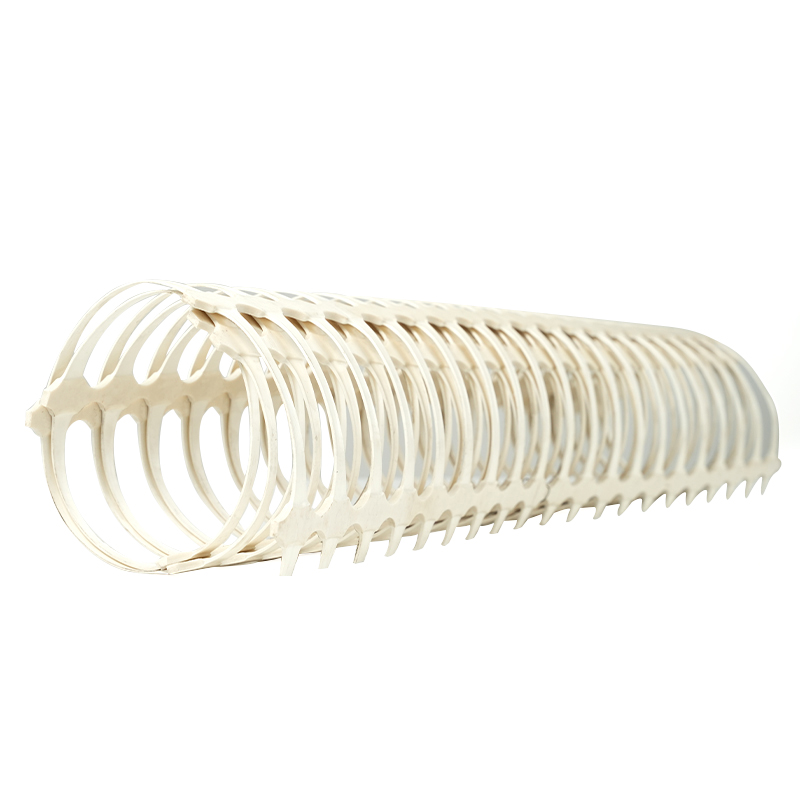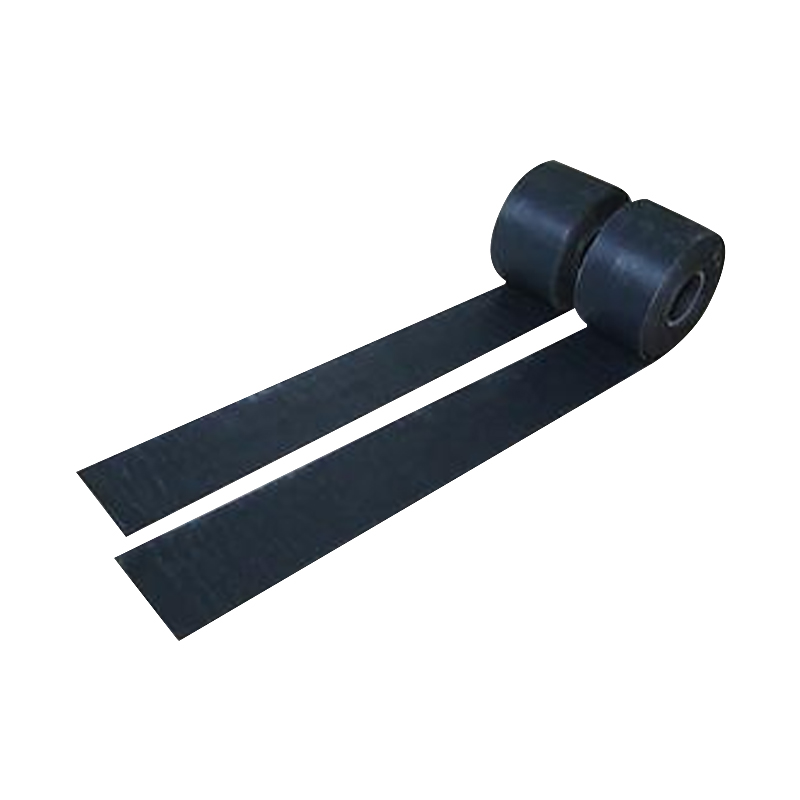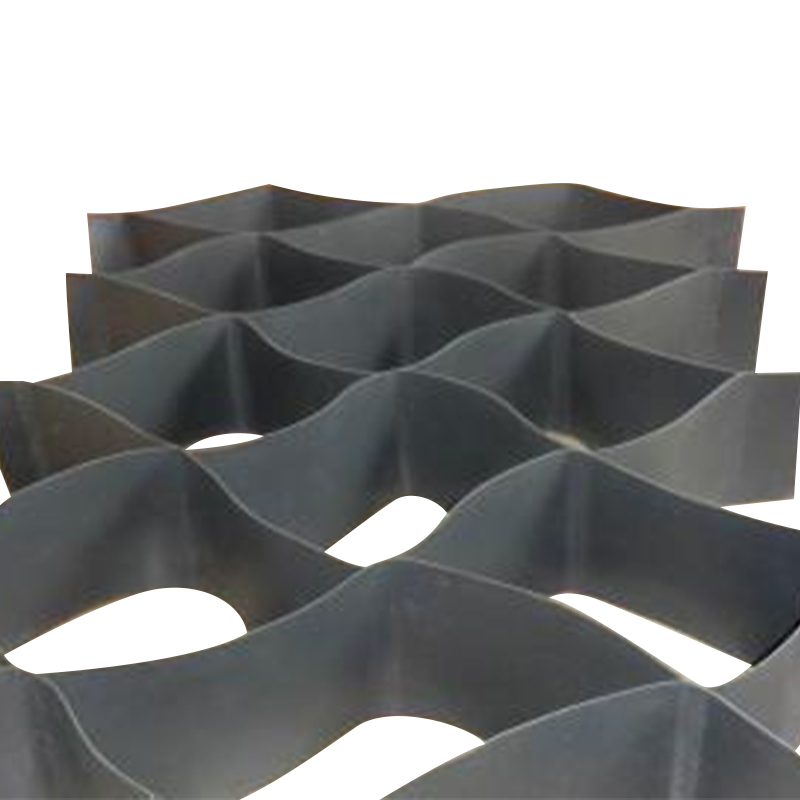The role of granulator
A granulator is a key piece of equipment that processes powdered, granular, or liquid-soaked materials into uniform granules. Its main functions include:
1. Compaction: Through rollers, extrusion, or die action, loose raw materials are compacted and shaped to increase their density and strength.
2. Improved Flowability: Granulation significantly enhances the material's flowability, facilitating subsequent conveying, metering, and packaging.
3. Improved Utilization: Converting raw materials into ready-to-use granules reduces waste and lowers raw material consumption.
4. Improved Product Stability: Granulated particles with uniform shape and controllable size ensure greater stability during storage and transportation, reducing the risk of clumping and dust generation.
What is the difference between a granulator and a crusher?
Although both granulators and pulverizers involve material size changes, their operating principles and application scenarios are distinct:
| Aspect | Granulator | Crusher |
| Core Principle | Uses compression, extrusion, or cutting to reshape material into granules, often with heating or binders to achieve cohesion. | Employs impact, shear, or grinding to break large pieces into smaller fragments, primarily reducing size without reshaping. |
| Product Form | Uniform granules (cylindrical, spherical, or flake) with controllable dimensions. | Powder or irregular fragments with a broad size distribution and irregular shapes. |
| Typical Applications | Pharmaceuticals, food, chemicals, biomass energy, and other sectors that require granulation. | Mining, construction, waste recycling, and other sectors that need coarse or fine crushing. |
| Downstream Processes | Usually followed by screening, cooling, and packaging as part of a complete production line. | Crushed material often proceeds directly to screening, conveying, or further processing such as milling. |



 中文简体
中文简体 русский
русский عربى
عربى

